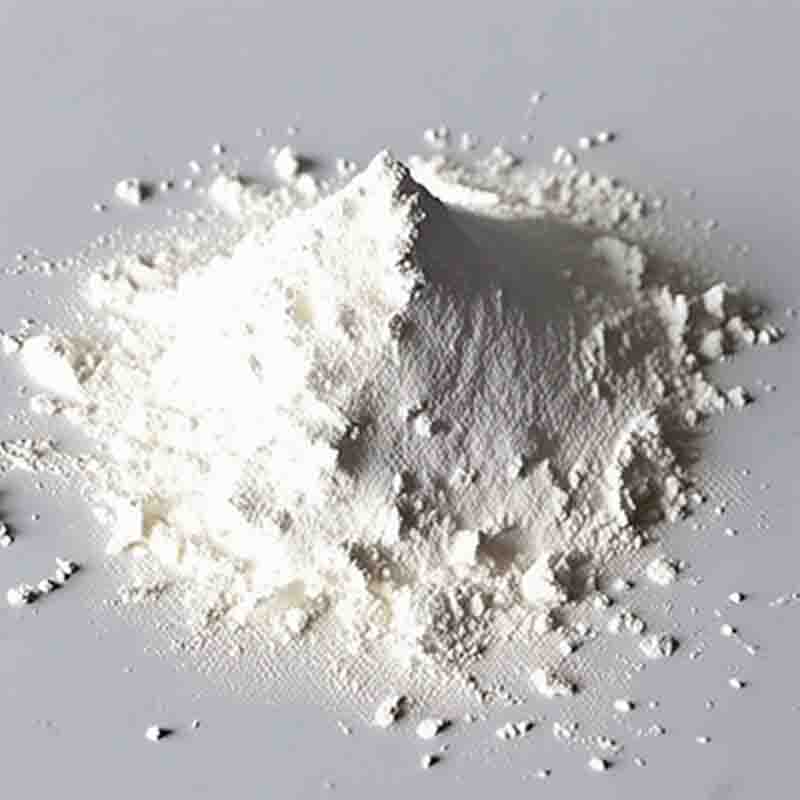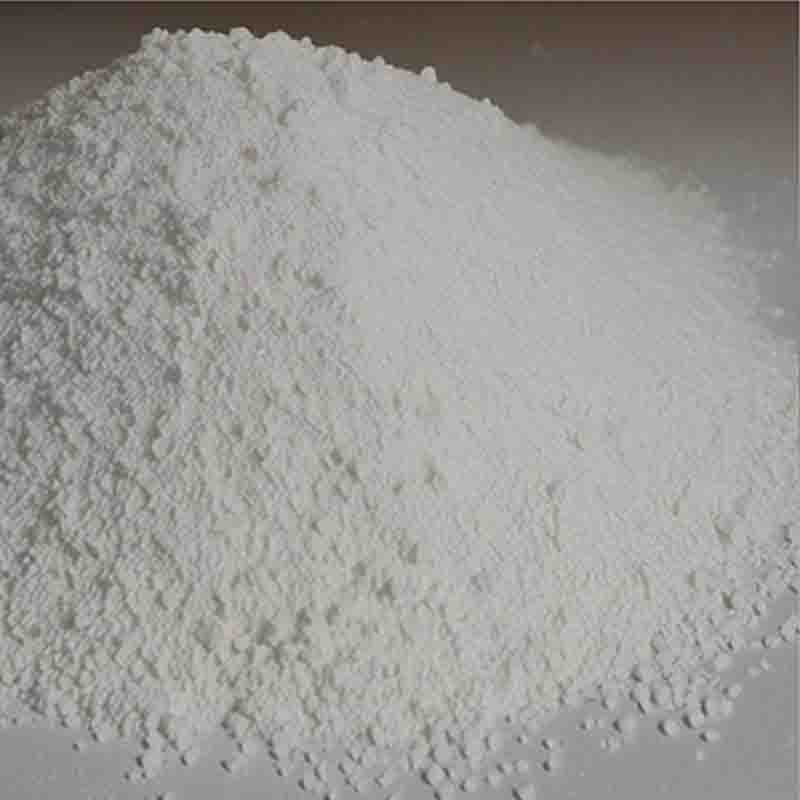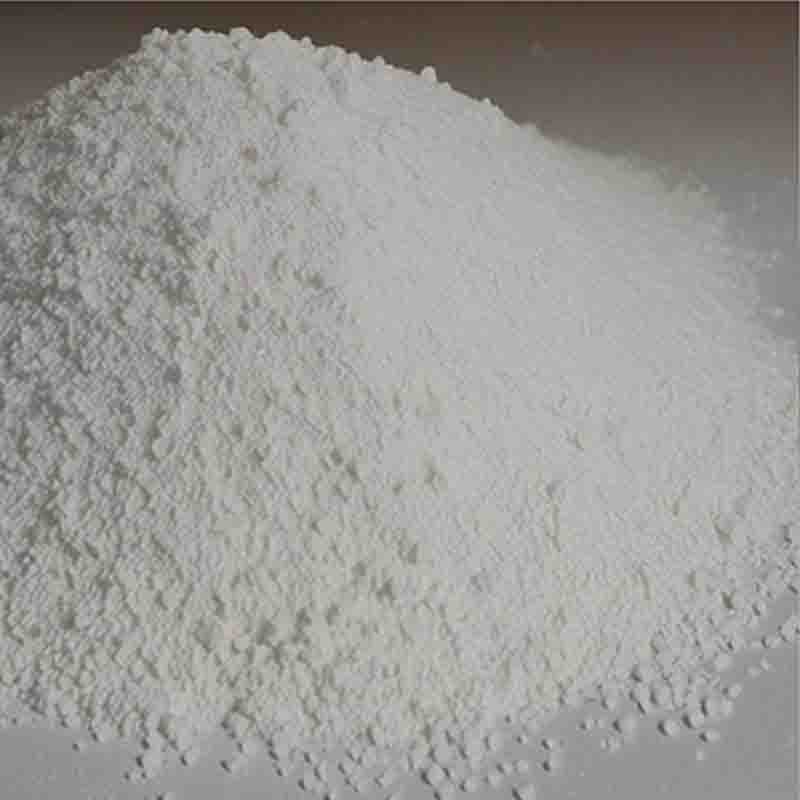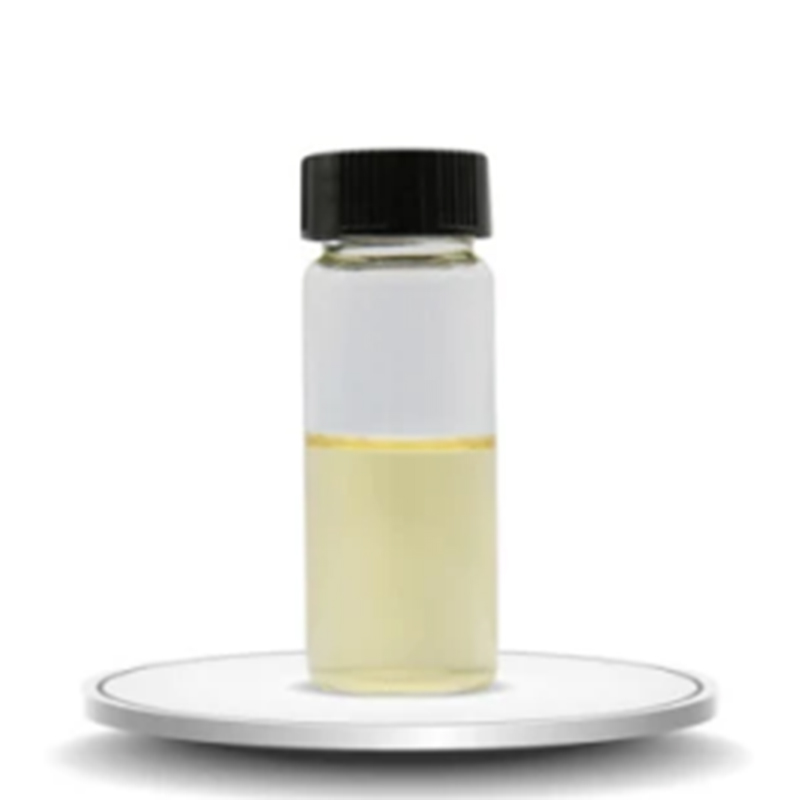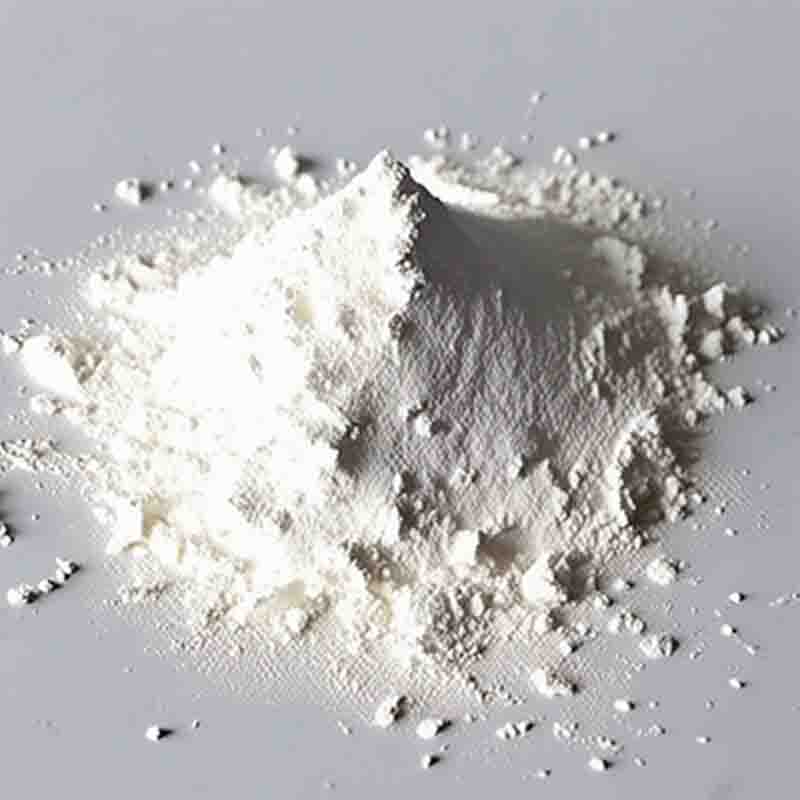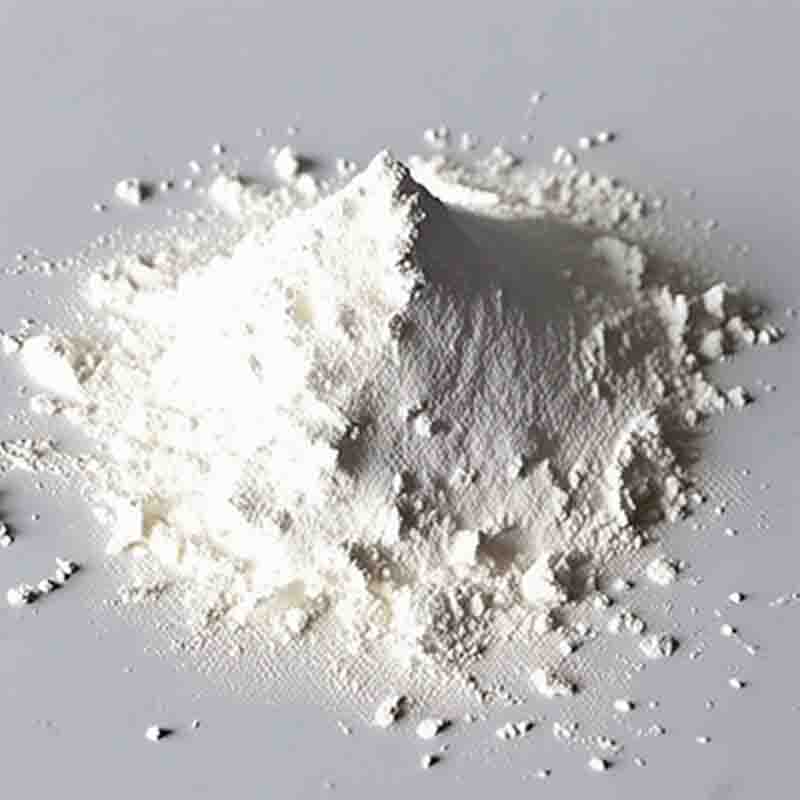Acetylferrocene CAS:1271-55-2
| Catalog Number | XD94694 |
| Product Name | Acetylferrocene |
| CAS | 1271-55-2 |
| Molecular Formula | C12H12FeO10* |
| Molecular Weight | 228.07 |
| Storage Details | Ambient |
Product Specification
| Appearance | White powder |
| Assay | 99% min |
Acetylferrocene is another organometallic compound belonging to the ferrocene family, with a unique structure and several distinctive effects. In this response, we will explore the effects of acetylferrocene and its potential applications.One of the notable effects of acetylferrocene is its ability to exhibit redox activity. Like other ferrocene derivatives, acetylferrocene can undergo reversible oxidation and reduction reactions. This property makes it useful in various electrochemical applications, such as acting as a catalyst or facilitating electron transfer reactions. Acetylferrocene can participate in redox reactions, allowing it to play a crucial role in fuel cells, batteries, and other electrochemical systems.Another effect of acetylferrocene is its potential as a stabilizer. The presence of the iron atom in its structure provides stabilization to radical intermediates during chemical reactions. This property makes acetylferrocene valuable in radical polymerization reactions, where it acts as a chain-transfer agent, influencing the molecular weight and properties of the resulting polymers. Acetylferrocene's stabilizing effect can also be utilized in the synthesis of nanoparticles and nanomaterials, where it helps control undesired side reactions and improve the overall quality of the final product.Furthermore, acetylferrocene exhibits interesting anti-inflammatory properties. Studies have shown that ferrocene derivatives, including acetylferrocene, possess anti-inflammatory activities. They can inhibit the release of certain pro-inflammatory molecules and suppress the activation of inflammatory pathways. These findings suggest that acetylferrocene could have potential applications in the development of new anti-inflammatory drugs or as a therapeutic agent for combating inflammation-related diseases.Acetylferrocene also displays bioactive properties, which have generated interest in its potential applications in the field of medicine. Research has demonstrated that acetylferrocene and its derivatives exhibit impressive antimicrobial activities, effectively inhibiting the growth of various bacteria and fungi. Additionally, acetylferrocene has demonstrated potential anticancer properties, showing promising results in inhibiting the proliferation of cancer cells. These bioactive effects make acetylferrocene a subject of further exploration for potential pharmaceutical applications.In conclusion, acetylferrocene showcases several effects and potential applications. Its redox activity allows it to participate in electrochemical processes as a catalyst or facilitator of electron transfer reactions. Its stabilizing properties make it useful in various chemical reactions, especially radical polymerizations and nanomaterial synthesis. Acetylferrocene's anti-inflammatory effects highlight its potential as a therapeutic agent, while its bioactive properties against microorganisms and cancer cells open up possibilities for pharmaceutical applications. These effects showcase the versatility and potential of acetylferrocene in various fields, including chemistry, materials science, and medicine.


